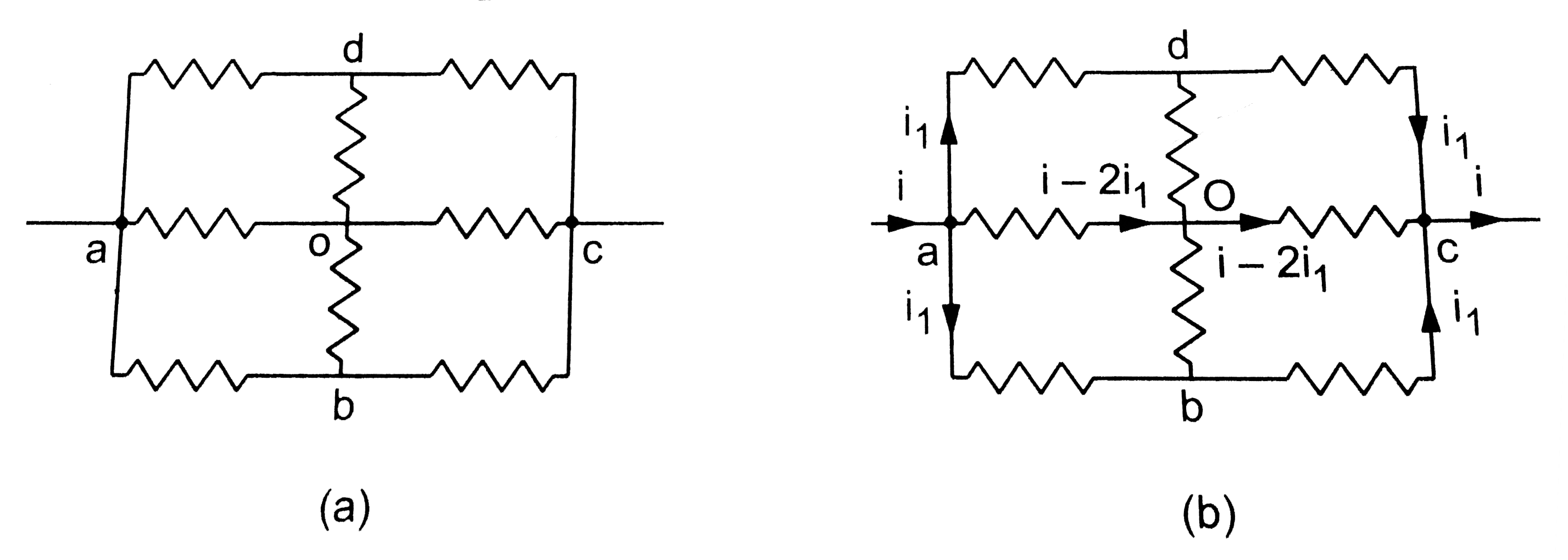The drift speed is defined as vd=(Δl/Δt)where (Δl)is the distance drifted in a long time (Δt).Why don't we define the drift speed as the limit of (Δl/Δt)as (Delta t (rarr)0)?Solution in Gujrati
Step by step video & image solution for The drift speed is defined as v_(d)=(Delta l//Delta t)where (Delta l)is the distance drifted in a long time (Delta t).Why don't we define the drift speed as the limit of (Delta l//Delta t)as (Delta t (rarr)0)? by Physics experts to help you in doubts & scoring excellent marks in Class 12 exams.
Updated on:21/07/2023Topper's Solved these Questions
- ELECTRIC CURRENT IN CONDUCTORSBOOK - HC VERMACHAPTER - ELECTRIC CURRENT IN CONDUCTORSEXERCISE - Objective 1
16 Videos
- ELECTRIC CURRENT IN CONDUCTORSBOOK - HC VERMACHAPTER - ELECTRIC CURRENT IN CONDUCTORSEXERCISE - Objective 2
9 Videos
- ELECTRIC CURRENT IN CONDUCTORSBOOK - HC VERMACHAPTER - ELECTRIC CURRENT IN CONDUCTORSEXERCISE - worked out Example
1 Videos
- DISPERSION AND SPECTRABOOK - HC VERMACHAPTER - DISPERSION AND SPECTRAEXERCISE - Exercises
11 Videos
- ELECTRIC CURRENT THROUGH GASESBOOK - HC VERMACHAPTER - ELECTRIC CURRENT THROUGH GASESEXERCISE - Exercises
23 Videos
Similar Questions
A metallic resistor is connected across a battery.If the number of collisions if the free electrons with the lattice is somehow decreased in the resistor (for example,by cooling it ),the current will
View SolutionElectrons are emitted by a hot filament and are accelerated by an electric field as shown in figure .The two stops at the left ensure that the electron beam has a uniform cross-section.

View SolutionFind the equivalent resistances between the points a and c of the network shown in figure. Each resistance is equal to r.

View SolutionA flint glass prism and a crown glass prism are to be combined in such a way that the deviation of the mean ray is zero. The refractive index of flint and crown glasses for the mean ray are 1.620 and 1.518 respectively. If the refracting angle of the flint prism is 6.0∘, what would be the refracting angle of the crown prism ?
View SolutionA discharge tube contains helium at a low pressure. A large potential difference is applied across the tube. Consider a helium atom that has just been ionized due to the detachment of an atomic electron. Find the ratio of the distance travelled by the free electron to that by the positive ion in a short time dt after the ionization.
View SolutionThe drift speed is defined as vd=(Δl/Δt)where (Δl)isthedistancedrifted∈alongtime(Delta t).Whydon'twedef∈ethedriftspeedasthelimitof(Delta l//Delta t)as (Delta t (rarr)0)?
View SolutionA quantity X is given by ∈0LΔVΔt, where ∈0 is the permittivity of free space, L is a length, ΔV is a potential difference and Δt is a time interval. The dimensional formula for X is the same as that of -
View Solutionसत्य/असत्य कथन चुनें: तात्क्षणिक चाल = limΔ→0ΔsΔt
View SolutionFor the reaction : N_(2) +3H_(2) rarr 2NH_(3)," If "(Delta [NH_(3)])/(Delta t)=2xx10^(-4)" mol L"^(-1) s^(-1) , the value of -(Delta [H_(2)])/(Delta t) would be :
View SolutionFor the reaction N2+3H2→2NH3,ifΔ[NH3]Δt=2×10−4moll−1s−1, then value of −Δ[NH3]Δt will be:
View SolutionFor one mole of an ideal gas (δPδT)V(δVδT)P(δVδP)T=
View SolutionA physical quantity 'P' is given by P=∈0LΔVΔt, where ∈0 is electric permittivity, L is length, ΔV is potential difference and Δt is time interval. The dimensional formula of P is same as that of
View SolutionThe drift speed is defined as vd=(Δl/Δt)where (Δl)isthedistancedrifted∈alongtime(Delta t).Whydon'twedef∈ethedriftspeedasthelimitof(Delta l//Delta t)as (Delta t (rarr)0)?
View SolutionA quantity X is given by ε0LΔVΔt where ε0 is the permittivity of free space, L is a length ΔV is a potential difference and Δt is a time interval. The dimensional formula for X is the same as that of
View SolutionA quantity X is given by ε0LΔVΔt where ε0 is the permittivity of free space, L is a length ΔV is a potential difference and Δt is a time interval. The dimensional formula for X is the same as that of
View SolutionA physical quantity 'P' is given by P= in_(0)L (Delta V)/(Delta t) , where in_(0) is electric permittivity, L is length, Delta V is potential difference and Delta t is time interval. The dimensional formula of P is same as that of
View Solution
